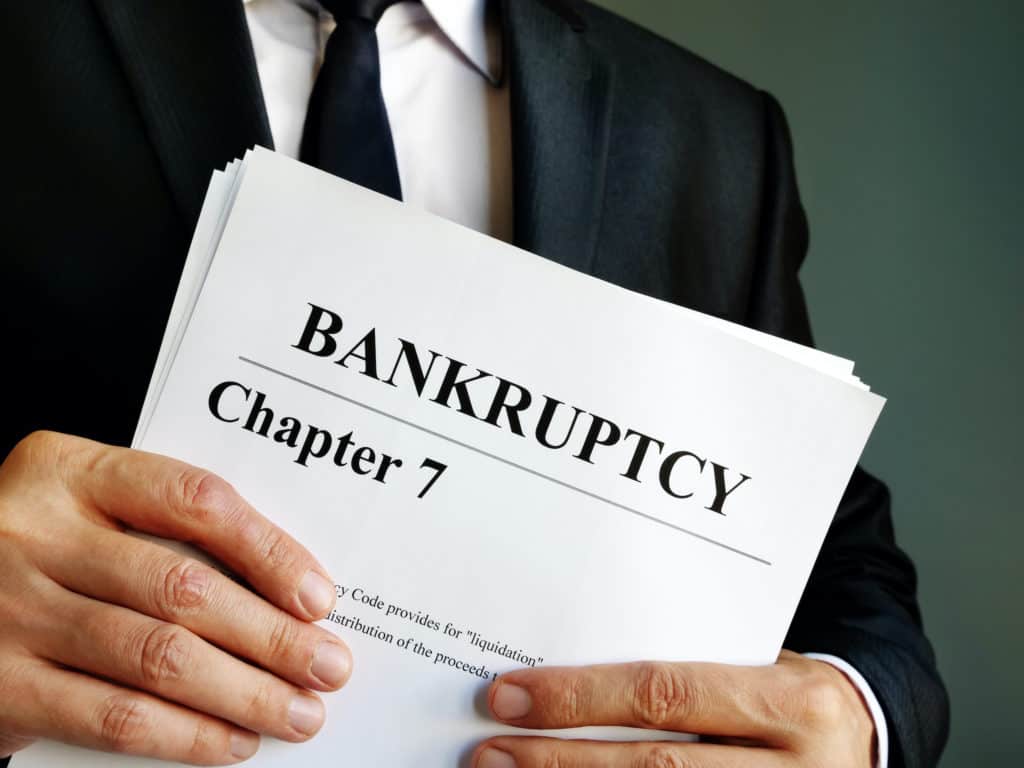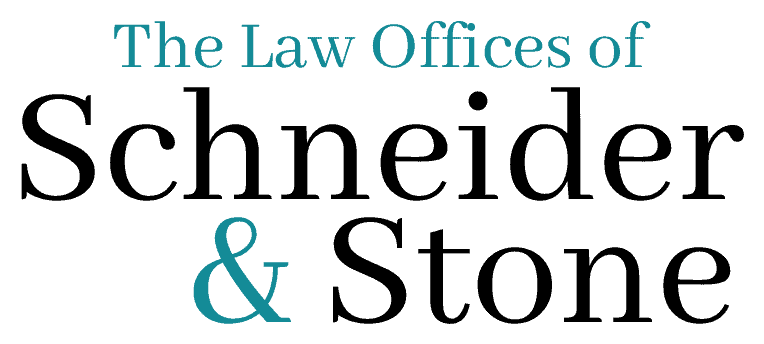Chapter 7 Bankruptcy is the most common chapter of the Bankruptcy Code under which cases are filed. This kind of bankruptcy is sometimes referred to as “total liquidation” or “straight” bankruptcy. It has these names because it is can require a liquidation of assets and is also the most straightforward of the bankruptcy chapters. Usually, Chapter 7 cases are filed by individuals that have incurred a lot of credit card debt and have trouble making the payments. A Chapter 7 filing is used to allow the debtor to obtain an automatic stay while the case is examined by a liquidating trustee. After the trustee has completed their investigation a discharge is ordered which provides permanent debt relief. Let us now look more in depth at the different parts of the Chapter 7 process.

Automatic Stay In Chapter 7
I have addressed this issue a few times in the past but it bears repeating as the automatic stay is a crucial part of any bankruptcy case. The automatic stay is invoked by filing the bankruptcy petition and is active as soon as the case number is issued by the court. This is a law that protects you from most collection efforts made by your creditors up until discharge. This protection includes phone calls, court dates, judgments, repossessions, foreclosures…etc.
To illustrate how important this protection is in Chapter 7 case take the following example: You are being harassed by your creditors for non-payment of monthly bills. The phone rings 20 times per day with angry bill collectors and the sheriff just delivered a summons to court sent by a bill collector and you know you missed a court date last week. You now make the decision to file for bankruptcy to make the madness end. You contact The Law Offices of Schneider & Stone and are greeted by friendly staff and your Chapter 7 case is filed within the next business day and you are told that you should expect your discharge within 3 to 4 months and you feel relieved. No more phone calls or court dates to worry about, you can live in peace until discharge. The automatic stay protects you while you wait.
But what if you filed your case and the phones did not stop ringing…what if the court date written in the summons is less than one week away…and what if a default judgment has been mailed to you for missing the court date you had scheduled last week. What if you had to worry about this for the next 3 to 4 months while waited for your discharge? This scenario is awful and would make you wonder why you ever decided to file for bankruptcy in the first place. Fortunately, the scenario was made up to illustrate the effect of the automatic stay. In reality, once the bankruptcy case is filed the horror story stops and you can await the conclusion of your bankruptcy case without being harassed or worrying about court dates or judgments.
What happens while I wait for a chapter 7 discharge?
Luckily the automatic stay is in effect for just about everybody filing for Chapter 7 and most collections efforts are ceased by law while you await discharge. There are two main things that happen while awaiting discharge, 1. a liquidating trustee is appointed who will evaluate your case to determine whether there are assets or not, 2. you will attend your meeting of creditors (also called the 341 meeting), 3. the creditors will have 60 days from the date of your 341 meeting to object to your discharge.
1. The Search For Assets of the Chapter 7 estate
I will go into this in more detail in later posts but the important thing for now is that this is a trustee appointed by the office of the United States Trustee to examine your assets. The reason for doing this is that they are looking to find something to sell in order to pay your creditors. If you came to us to get your case filed then one of our attorneys already spent time discussing this with you and there should not be any surprises by the trustee. Most cases do not have assets for the trustee to liquidate and will be labeled as such. This means that you should be on you way to discharge. Later posts will touch on asset cases since they are rare and much more complicated.

2. The 341 meeting (meeting of creditors)
This meeting is required by section 341(a) of the bankruptcy code in order for your case to complete. The purpose for this meeting in Chapter 7 bankruptcy case is to give the trustee a chance to ask you questions about your petition while you are under oath. This seems daunting (and it should not be taken lightly since you are under oath) but you should not be overwhelmed as long as you answer all questions truthfully. For most no-asset cases this meeting can last between 1 and 5 minutes. Technically the meeting is called the “meeting of creditors” and creditors are invited to attend but rarely do. Keep in mind that this is only for Chapter 7 cases; in Chapter 11 cases there is usually at least one creditor in attendance.

3. The 60 day Chapter 7 discharge objection period
Federal Rule of Bankruptcy Procedure 4004 provides that an objection to a debtor’s discharge must be filed within 60 days after the date of the 341 meeting. Objections to discharge will be treated in future posts. Assuming that there are no creditor objections filed your discharge will be ordered and the case closed.

